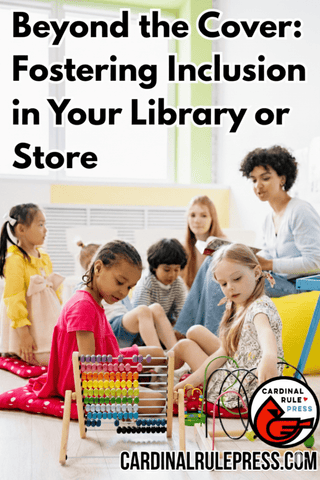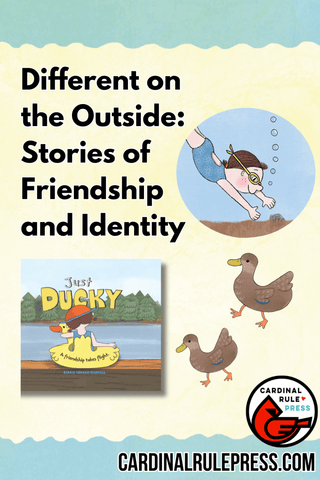 As the world becomes more connected, multilingualism is becoming an increasingly valuable skill. Today, there are billions of people worldwide who speak more than one language, and most of that learning starts at a young age as children’s brains are more receptive to learning languages. There is some debate about the prime time for children to learn another language; many seem to agree it’s between 0-5 years old, but they say children remain attuned to picking up new languages until puberty. It seems the earlier the better.
As the world becomes more connected, multilingualism is becoming an increasingly valuable skill. Today, there are billions of people worldwide who speak more than one language, and most of that learning starts at a young age as children’s brains are more receptive to learning languages. There is some debate about the prime time for children to learn another language; many seem to agree it’s between 0-5 years old, but they say children remain attuned to picking up new languages until puberty. It seems the earlier the better.
A popular concern among parents is that learning a second language so young could confuse children, worsen speech, or cause other language problems for their child. That is not the case. Many studies have shown that teaching your child more than one language will actually help strengthen their language learning skills. Multilingual children learn and develop each language at the same time and rate as children only learning one language.
Additionally, when children switch from one language to the next for a word or a sentence, it doesn’t mean there's confusion or a cause for alarm. It’s a completely normal behavior in bilingual speakers as different words or sayings in different languages and cultures have different meanings. The speaker may think a certain language or word fits better and is a better expression of how they feel. It’s seen as a wonderful perk for multilingual speakers, not a deficiency.
Multilingual picture books are great language-learning tools as they help children start connecting the spoken sound of a word to its written form, expanding their vocabulary. They also allow parents who speak different languages a chance to engage in their child’s learning and create bonding experiences. Diverse multilingual books help children from multilingual households connect with their familial heritage and create a sense of cultural identity and connection while promoting inclusivity, allowing them to see themselves reflected in the books they read.
Here at Cardinal Rule Press, we are happy to help you with resources for your bookstore or library. Click HERE for your freebie

Multilingual books have the important task of teaching children about mutual respect, and how to appreciate other people's differences while celebrating their own. These picture books also help expand the minds and worldviews of children as they expose them to different cultures, traditions, and languages. Books that offer diverse representations also have the added benefit of fostering empathy, acceptance, and understanding for others.
Introducing children to a multilingual environment not only strengthens them social-emotionally and linguistically, but cognitively. Research has found that exposing children to multiple languages actually increases the grey matter in their central nervous system. This system, which consists of our brain and spinal cord, is responsible for processing information, memory, speech, and sensory perception.
Studies have also found multilingual students perform better academically as learning languages helps strengthen analytical, problem-solving, and multitasking abilities. Reading your child multilingual books offers children different perspectives and ways of thinking, as well as new ways to verbalize their thoughts. All this can lead to an increase in creativity and innovation.
If you are a monolingual parent or guardian who wants their child to experience all the benefits of multilingualism, audiobooks are a great way for children to listen to and learn another language without a foreign speaker in the home. Read-aloud videos on YouTube are another accessible and free resource to help your child experience stories in multiple languages.
The most important part is consistency. Giving multilingual books a solid place in your routine is key as learning is all about practice.
Don't forget your freebie HERE!
Ella Shauman recently graduated from the University of Michigan with a bachelor’s degree in English Language and Literature. In her free time, she loves to travel, try new restaurants, and spend time with family and friends.



Leave a comment